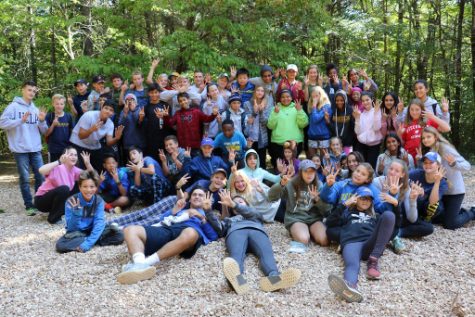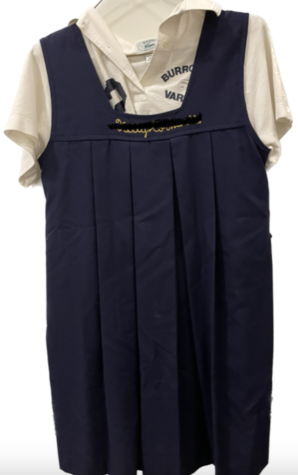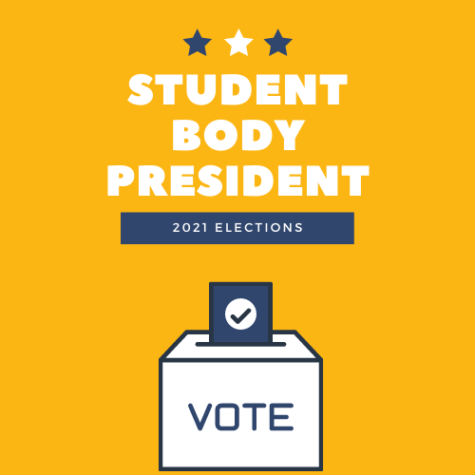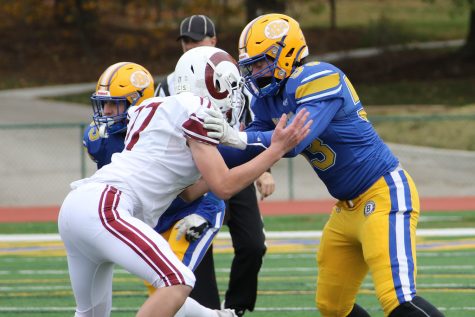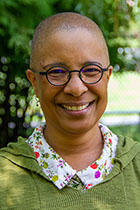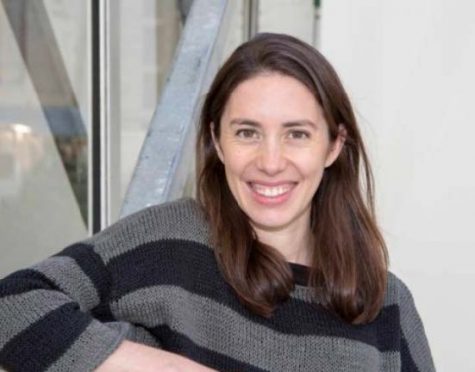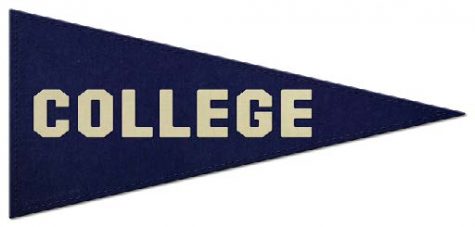Student Demographics: Past and Present
February 24, 2021
Burroughs prides itself in having an inclusive campus and has come a long way in hosting a diverse study body. Of the 650 middle and high school students, 43 percent are students of color, according to Burroughs’ own records. This percentage has steadily increased in recent years– only 30 percent of Burroughs students were students of color in the 2012-2013 school year. The 108 incoming seventh graders are from nine public, seven parochial, and twelve independent schools, and 26 zip codes are represented in their class. Many students report a welcoming campus environment and enjoy engaging in deep discussions with classmates.
JBS is an ivy tower in that being in one of the most affluent areas in the country, we lose some perception of true reality.
— Sara Cao
But in an interview with The Atlantic, American Journalist Nikole Hannah-Jones describes what she calls ‘curated diversity’ as a major issue with the design of American schools. “When I say ‘curated diversity,’ it means white parents like a type of diversity so they’ll still be in the majority and there won’t be too many Black kids,” says Hannah-Jones. She speaks of white, liberal parents who want “a majority-white school with a small number of Black kids and a good number of Latino and Asian students. That makes you feel very good about yourself because you feel like your child is getting this beautiful integrated experience.” The demographics of many ‘inclusive’ schools, however, doesn’t actually reflect the demographics of the area at large. “The tolerance for increasing particularly the percentage of Black kids is very low, and even lower if those Black kids are poor,” she adds.
Nikole Hannah-Jones is an African American journalist who covers racial injustice in the New York Times Magazine. In 2020, she won a Pulitzer Prize for her landmark 1619 Project. To Hannah-Jones, the real diversity of an urban area is lost when those in power (white, upper class parents) select a smaller number of minority students that meet a moral quota. And while Hannah-Jones focused her discussion on public schools, some students see elements of curated diversity at JBS. “In a way, I have to admit that JBS is an ivy tower in that being in one of the most affluent areas in the country, we lose some perception of true reality. Because when JBS students go to school, they have access to top-notch facilities and enriching classes,” says Sara Cao (‘22), who thinks curated diversity is almost inevitable at a school like Burroughs. “Most students have an altered sense of identity due to being inside this Burroughs bubble all the time in being in a predominantly white, upper class institution,” she adds. Indeed, it seems difficult to talk about diversity of the student body without acknowledging the cost to attend. With a $30,300 tuition for the 2020-2021 school year, Burroughs is the most expensive high school in Missouri. For reference, the median household income in the Saint Louis Metropolitan Area is $66,417, according to the Census Reporter. “There’s such a small sample size to choose from among the people that apply to JBS and can afford tuition,” says Cao (‘22).
“The tuition itself may discourage families with a lower income from even applying, assuming financial aid is not an option,” says Ayomide Ajakaiye (‘25), a middle school diversity leader. “For students attending the school, it’s the little moments like not being able to credit things to a store card or not having the ability to afford a variety of clothing that creates different experiences for students.”
Burroughs is also the top-ranked private school in Missouri, according to Niche. 28 students in the Class of 2021 have been named National Merit Semifinalists, and many seniors are admitted into top colleges. For many families, the high price is worth the top-notch education that Burroughs provides.
Do they have real tangible power to make change or are they just given a voice?
— Isa Rosario-Blake
“I think [tuition] plays less of a role than people actually think,” says Andy Zhang (‘22), a leader of the Conversations Involving Student Identity (CISI) club. “Not a majority, but a lot of people get aid with their tuition, and there’s also a lot of kids who get cuts because they have family members that work here.” Indeed, 26 percent of Burroughs students have been collectively awarded nearly $3.8 million in the 2020-2021 school year alone. Admission to Burroughs is need-blind, so getting accepted into the school is prior to and separate from any decisions regarding tuition aid. “The JBS experience isn’t defined by in-school activities that cost a lot of money,” adds Zhang (‘22). “The way she [Hannah-Jones] states [curated diversity] made it seem as if all white people thought this way, and I truly do not believe that,” says another high school student. When thinking about curated diversity at JBS, “it’s not necessarily a bad thing because a lot of colleges do the same thing, and I think it also teaches a wide variety of cultures,” adds Zhang (‘22).
“If the school has ‘diversified’ in recent years, I think it is also important to ask how,” says Isa Rosario-Blake (‘21), a Hispanic Culture Club leader and an editor of Stubborn Ounces, the school’s diversity magazine. “Are those people seen or do they feel like ‘tokens’? Do they have real tangible power to make change or are they just given a voice?”
